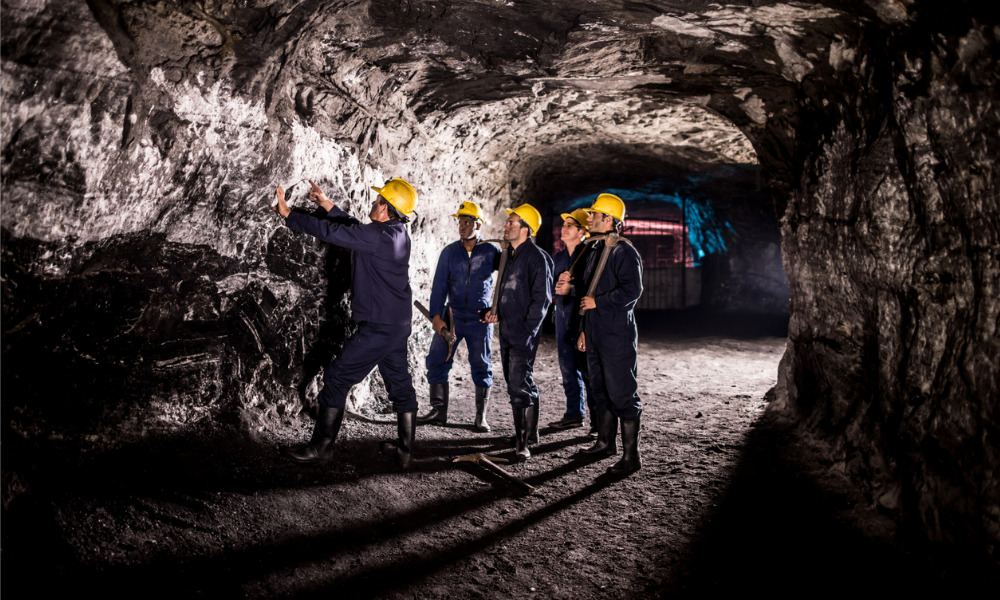Report says reducing exposure in workplaces vital for miners

Extended exposure to radon, even in low levels, can be deadly for miners, according to a new report.
“Mining operations today tend to involve lower exposures than in the past, but our study shows that these lower exposures still increase a person’s lung cancer risk,” says Dr. David B. Richardson, lead author of the report and professor of environmental and occupational health, University of California–Irvine.
Specifically, in Eldorado in Canada, 91 lung cancer deaths were recorded between 1960 and 1999. This is because the 6,593 miners in the area had an average employment of two years and a mean cumulative exposure of 6.6 working level months (WLM), according to the report titled Lung Cancer and Radon: Pooled Analysis of Uranium Miners Hired in 1960 or Later.
In Ontario – where there were 15,810 miners between 1960 and 2007 – there were 299 lung cancer deaths recorded, with workers having an average employment of 5.8 years and a mean cumulative exposure of 6.2 WLM.
The analysis included 1.9 million person-years of observation and 1,217 deaths due to lung cancer post-1960.
In January 2020, researchers from the Occupational Cancer Research Centre, University of Toronto, and Simon Fraser University, as well as the Lung Association - Ontario and the Radiation Safety Institute of Canada launched a project to measure the level of radon gas in small- to medium-sized businesses in Ontario.
Radon is a radioactive gas you can't see, feel, taste, or smell which comes out when radium breaks down, according to WebMD. It is also one of the occupational carcinogens that contribute the most to the cancer burden in Canada, according to the Occupational Cancer Research Centre.
“Reducing radon exposure in our workplaces and homes remains an important way to reduce lung cancer,” said Richardson.
And the characterization of the association between exposure to radon progeny and lung cancer is a foundation for risk assessments that inform public health decision-making and cancer prevention strategies, according to the new report.
"Improved knowledge of the relationship between lung cancer and radon at low exposure rates is needed for lifetime risk calculation and conversion of radon concentration into effective dose for contemporary occupational settings,” it said.
The most common radon reduction method is called sub-slab depressurization, which is installed through the basement flooring, Glyn Jones, a partner at EHS Partnerships in Calgary, previously explained.
“A fan is used to draw air from below the slab and exhaust through an outside wall or up through to the roof line,” he said. “The fan maintains a slight negative pressure sub-slab, reducing migration of radon through the slab into the building. In conjunction with sub-slab depressurization, increasing general ventilation and sealing major entry routes can also help reduce radon levels.”





